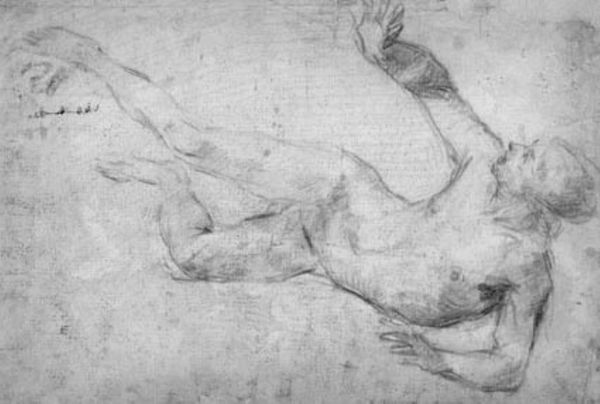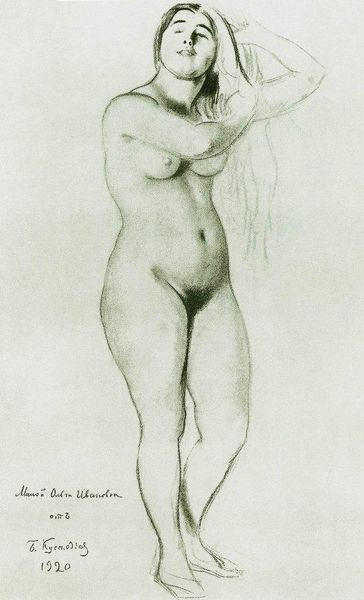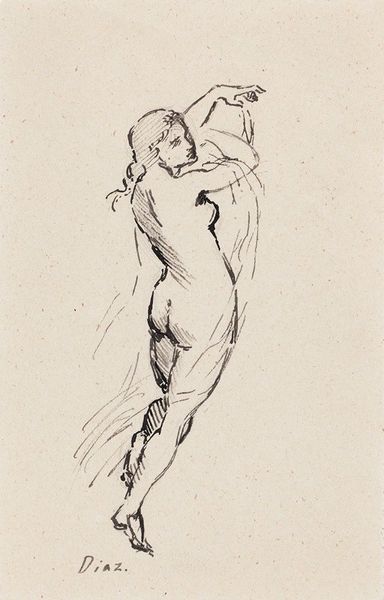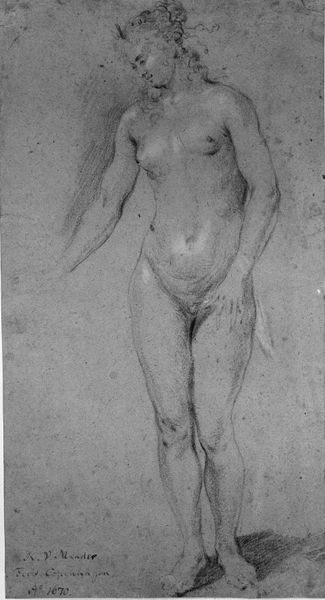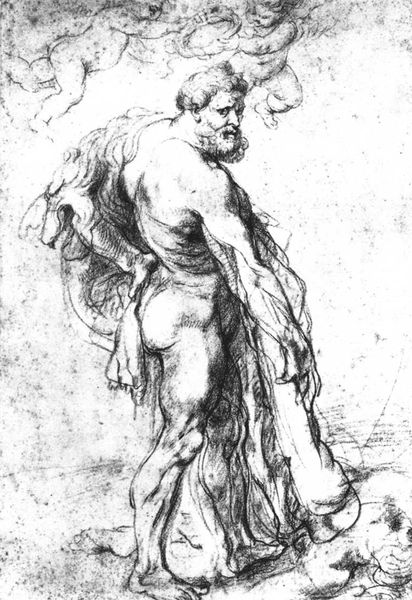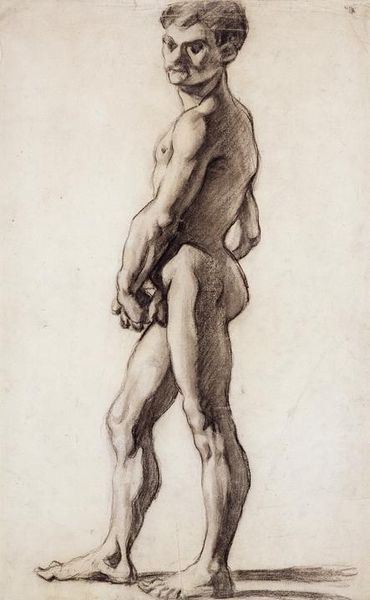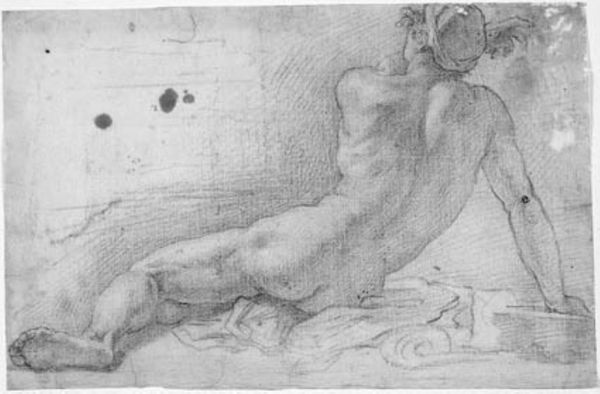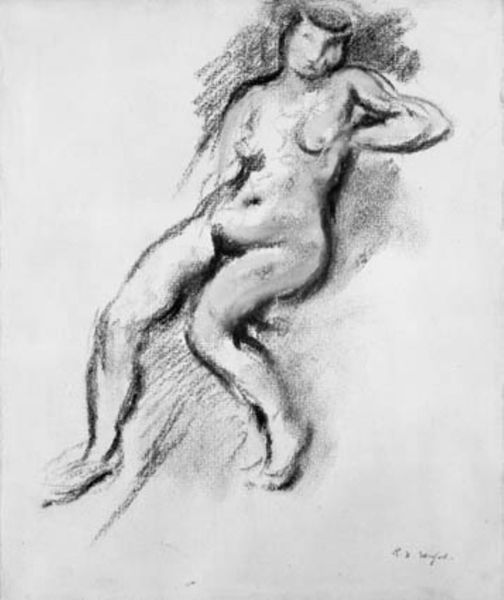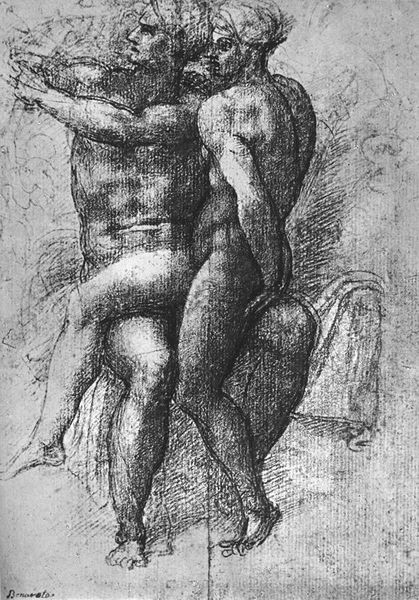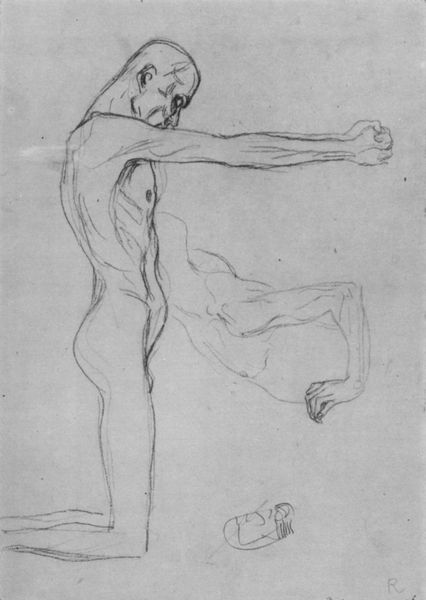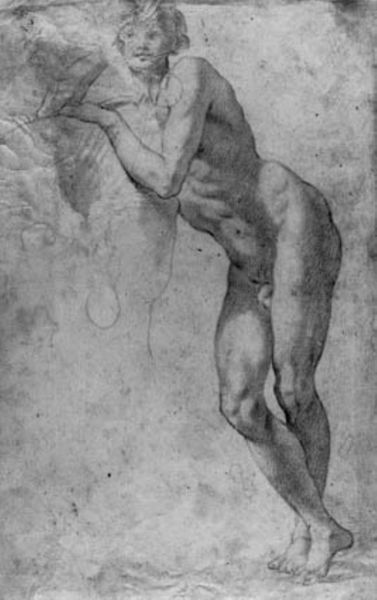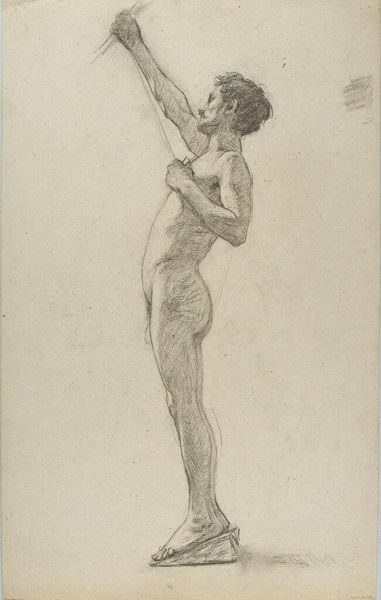
drawing
#
drawing
#
amateur sketch
#
facial expression drawing
#
pencil sketch
#
charcoal drawing
#
portrait reference
#
female-nude
#
pencil drawing
#
sketch
#
rough sketch
#
portrait drawing
#
pencil work
#
initial sketch
Copyright: Public domain
Editor: So, here we have François Boucher's "Seated Nude" from 1738. It's a drawing, looks like charcoal on paper. The initial impression I get is almost unfinished. It’s raw and immediate. What stands out to you in this piece? Curator: What interests me most is the materiality of the drawing itself. Think about the charcoal. Where did it come from? Was it a common material, readily available, or was its production a specialized craft in the 18th century? How does the surface of the paper itself impact the artist’s process? Editor: That's interesting! I hadn't considered the paper itself. Does its quality change the perceived "value" of the piece? Curator: Precisely! Consider the hierarchy inherent in art materials. Oil paint and canvas, even marble, were often viewed as inherently superior, designating works of “high art.” But here, we have charcoal, a comparatively humble material. By elevating a drawing, Boucher is implicitly challenging those material hierarchies. Editor: So, he's using these "lesser" materials to create something beautiful, forcing a reevaluation of what's considered art? Curator: Exactly. And consider the social context: Who was producing the charcoal? Were these materials impacting or influencing other craft forms at the time? This is not merely about an aesthetic depiction of the nude female form, but a broader question about material value, labour, and the means of artistic production itself. It really emphasizes the link between high art and production. Editor: I see it in a whole new light now! Focusing on the charcoal makes me wonder who produced it and the socioeconomic factors involved. Curator: Yes! That’s a vital perspective. Thinking about materiality opens up these avenues to look at art in relationship to manufacture and exchange. Editor: It’s amazing how thinking about the charcoal and paper changes the whole conversation around the drawing. Thanks!
Comments
No comments
Be the first to comment and join the conversation on the ultimate creative platform.
